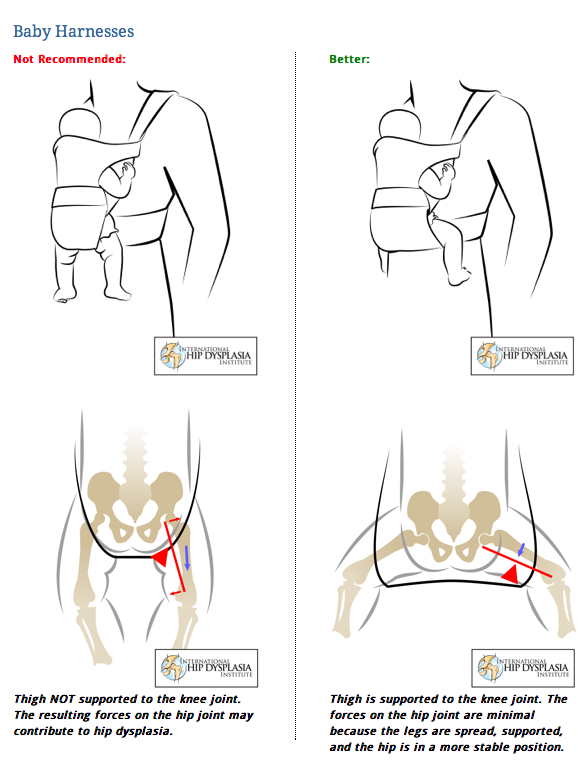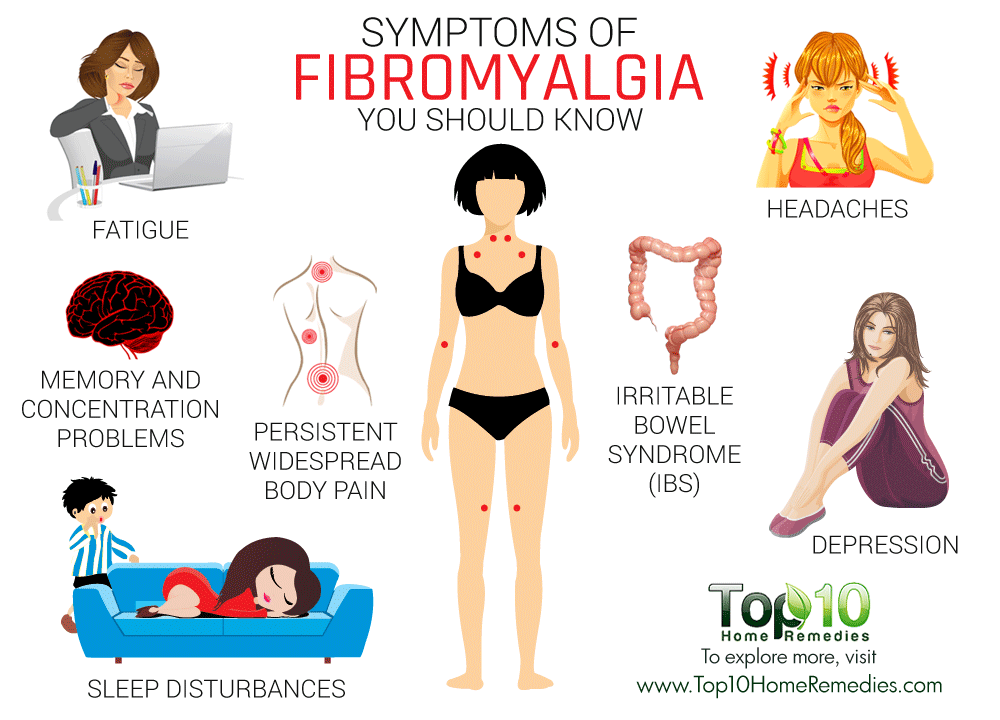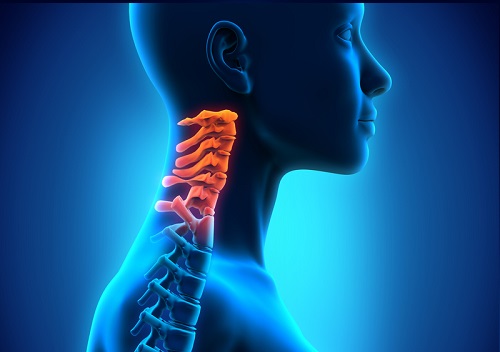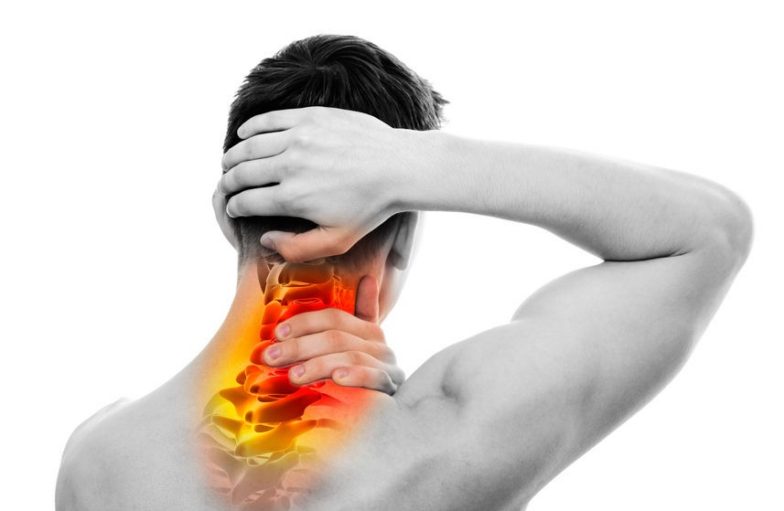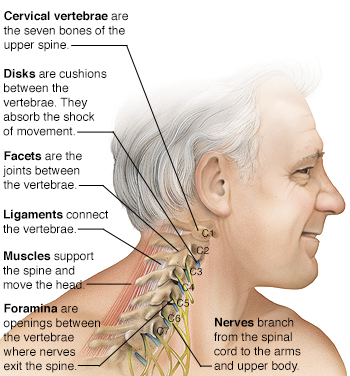Has the festive period taken its toll and you are starting 2017 determined to be fitter and healthier?
January often sees a surge in gym membership with people wanting to loose some unwanted weight or fulfilling a new year resolution to live a healthier lifestyle. In recent years, it’s not just gyms that have see this seasonal increase, extreme programmes such as boot camps are popular too.
However, taking on exercise regimes your body is not used to can take its toll and the British Chiropractic Association urges people to prepare before embarking on their exercise programme.
According to research by the BCA, exercise is the trigger for 30% of those experiencing back or neck pain. For people embarking on an exercise regime, especially one that is new, the risk of suffering neck or back pain can be higher so it is important to be well prepared.
To help people who are preparing to take up exercise this new year, the BCA has developed the following top tips:
• Seek professional advice to check that there are no medical reasons why you should not exercise, particularly if you are not normally physically active. Also, a chiropractor can help you address any injuries before starting an exercise regime.
• Remember to warm up and warm down before and after any activity. Start with less strenuous activity like walking or jogging and finish with some light stretches at the end of an exercise session – this may help minimise muscle stiffness and reduce the chance of muscle strain.
• Keep well hydrated by drinking plenty of fluids before, during and after exercise – this will help your muscles work more efficiently and will reduce aches and pains after exercise.
• Make sure you wear the right attire for your chosen activity. Wearing tight clothes when exercising could constrict your movement and lead to injury.
• Wear appropriate footwear for the type of exercise you are doing – most specialist sportswear retailers will be able to advise you on this.
• If you are enrolling in a gym, make sure you receive training on any equipment and if you are signing up to a programme, try and make sure you get proper training, advice and ongoing supervision.
Rishi Loatey, a chiropractor from the BCA, says: It’s great that people want to get fit and having a goal to aim for can really help achieve this but endurance activity can put the body under huge amounts of stress, particularly if it’s not used to it and you’re not prepared. A chiropractor can advise you on how to approach a new exercise routine and tell you what signs to look for if you’re overdoing it.







